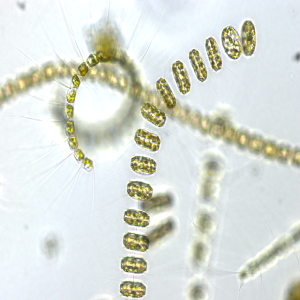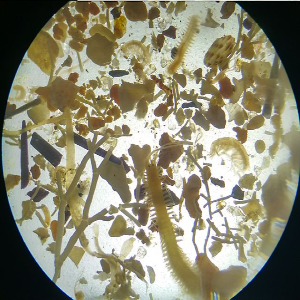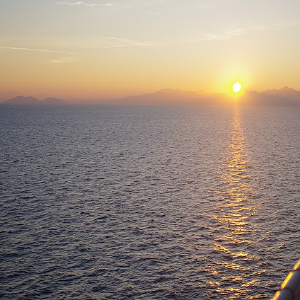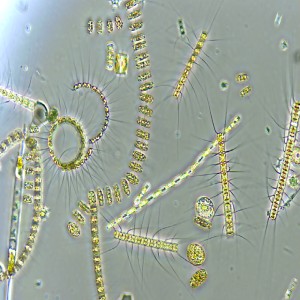The Eemian/Early Vistulian development of the Solniki paleolake (north-eastern Poland) as shown by subfossil Cladocera

Accepted: 18 December 2016
HTML: 711
All claims expressed in this article are solely those of the authors and do not necessarily represent those of their affiliated organizations, or those of the publisher, the editors and the reviewers. Any product that may be evaluated in this article or claim that may be made by its manufacturer is not guaranteed or endorsed by the publisher.
This work presents results of a paleolimnological study focussed on subfossil Cladocera analysis and on different aspects of the evolution of the Solniki paleolake during the Eemian/Early Vistulian period. The study aimed at the reconstruction of the long-term dynamics of this paleoecosystem and at defining the conditions (e.g., water level, trophic status and water temperature) of the ancient lake. Paleolacustrine deposits of ca. 10 m thickness were discovered at Solniki during cartographic works for the Trześcianka sheet of the Detailed Geological Map of Poland. This archives recorded one full-interglacial sequence (Eemian Interglacial), one interstadial warming (Brørup) and two stadial coolings (Herning and Rederstall) stages, which were confirmed by palynological analyses. The subfossil Cladocera fauna from the Solniki paleolake consisted in 17 species belonging to the families Bosminidae, Chydoridae, Sididae and Daphniidae. Littoral species were dominant (52%), the most frequent of which were Alona affinis and Camptocercus rectirostris. The most abundance pelagic species were Eubosmina coregoni and Bosmina longirostris. The sediment species composition was quite similar to that of contemporary Central European lakes. The early and the late stages of Eemian Interglacial were likely the most favourable periods for the Cladocera development in the paleolake, in relation to higher water level, moderate water temperature and the mesotrophic state of water. A further ecologically favourable period was the Brørup Interstadial. The highest species richness, abundance, and diversity during the whole paleolake existence were recorded during these three periods. Surprisingly, the middle of the Middle Eemian Interglacial climate optimum appeared as an unfavourable period for the Cladocera growth as it was associated with decreasing water level and pronounced climate fluctuations. This sequence was also recorded by other studies of Eemian lakes in Central Europe.
Supporting Agencies
Foundation for Polish Science, Polish Ministry of Science and Higher EducationPAGEPress has chosen to apply the Creative Commons Attribution NonCommercial 4.0 International License (CC BY-NC 4.0) to all manuscripts to be published.



 https://doi.org/10.4081/aiol.2016.6217
https://doi.org/10.4081/aiol.2016.6217







